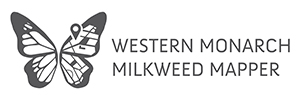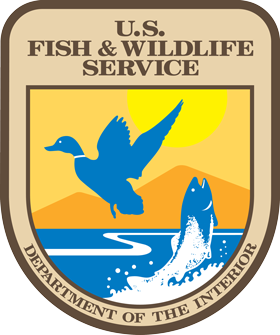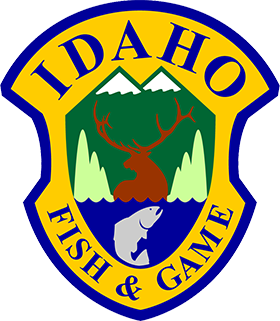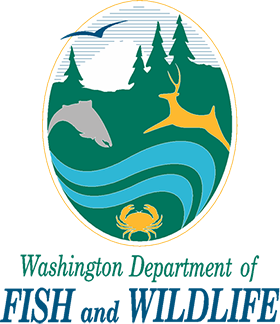Questions
-
- What is the Western Monarch Milkweed Mapper (WMMM)?
- How does the Western Monarch Milkweed Mapper work?
- Why aren’t you collecting observations from the Eastern United States?
- Why should I participate in the Western Monarch Milkweed Mapper?
- How do I get started?
- Does the Western Monarch Milkweed Mapper reveal the exact location of reported sightings?
- Will monarch caterpillars only eat milkweeds in the Asclepias genus, or are there other species in the milkweed family that they can use as well?
- I don’t see my milkweed species listed in the profiles or on the Report a Sighting page. Why isn’t it included?
- Why aren’t all milkweed subspecies listed?
- Can I download and use data from the Western Monarch Milkweed Mapper?
- What if I’m not sure about my milkweed species ID? Should I still report it?
- What will you do with this information?
- What equipment do I need?
- Do you have an app?
- Can I submit photos of other butterflies?
- Can I submit older observations from past years?
- Can I submit sightings of planted milkweed from my yard or a garden?
- Can I submit sightings from Canada or Mexico?
-
-
-
-
-
What is the Western Monarch Milkweed Mapper (WMMM)?
The WMMM is a crowdsourcing project and online repository for western monarch and milkweed data. It was created through a partnership of The Xerces Society, Idaho Department of Fish and Game, Washington Department of Fish and Wildlife, US Fish and Wildlife Service (Region 1), and the National Fish and Wildlife Foundation. Learn more about it here.
-
How does the Western Monarch Milkweed Mapper work?
Users create an account and then submit sightings of monarchs and/or milkweeds in eleven western states. These sightings feed into a larger milkweed and monarch occurrence database, which contains tens of thousands of records pulled from herbaria, research datasets, state and federal survey efforts, and other community science programs. The vast majority of these records are available for download by users to be used in research and other projects.
-
Why aren’t you collecting observations from the Eastern United States?
The focus of this project is to learn more about the areas monarchs use for breeding and migrating in the Western U.S., which is less well understood than the Eastern U.S. If you don’t live in the West, consider contributing your observations to Journey North.
-
Why should I participate in the Western Monarch Milkweed Mapper?
We need your help! Relatively little is known about where milkweeds and monarchs occur in the western landscape. Because we’re interested in such a broad geographic area, the best way to track these species is to enlist the help of hundreds of volunteers armed with cameras. By participating, you’re helping us answer some pretty important questions related to monarch conservation, such as: Where do monarchs and milkweeds occur in the west? Where are monarchs breeding? Where are their migratory flyways? What milkweed species are monarchs using? What threats are they facing?
-
How do I get started?
Just create an account by clicking “Sign In” at the top of this page.
-
Does the Western Monarch Milkweed Mapper reveal the exact location of reported sightings?
Yes, although note that the accuracy of reported sightings can vary, especially for older records that have imprecise locality data. Some sensitive species locations may be obscured or not included on the map (see our Data and Privacy Policy).
-
Will monarch caterpillars only eat milkweeds in the Asclepias genus, or are there other species in the milkweed family that they can use as well?
Western monarch caterpillars depend primarily upon milkweeds in the Asclepias genus to complete their life cycle. However, several closely-related genera may also be used, including Gomphocarpus (balloon plant), Funastrum (twinevine), and Cynanchum (swallow-wort). For this particular project, we are only interested in records of milkweeds in the Asclepias genus. (Note that Asclepias fruticosa, while a synonym of Gomphocarpus fruticosus, is still included on the website.)
-
I don’t see my milkweed species listed in the profiles or on the Report a Sighting page. Why isn’t it included?
If you think we forgot to include a species on the website, please let us know! Plant taxonomy is often in flux and while we tried to use the latest naming conventions, it’s certainly possible we missed one.
-
Why aren’t all milkweed subspecies listed?
For the purposes of our project, we do not need to know species identifications down to the subspecies level.
-
Can I download and use data from the Western Monarch Milkweed Mapper?
Absolutely! You can access data from our database here. Please review our Data and Privacy Policy prior to using these data.
-
What if I’m not sure about my milkweed species ID? Should I still report it?
Yes! We have an online key to help you narrow down the possibilities based on the location of your sighting and several key characteristics. Even if you can’t identify your milkweed plant to species, it’s still valuable data to know that milkweed is found in that particular location.
-
What will you do with this information?
Data gathered on this website helps populate baseline data about the distribution and abundance of milkweeds and monarchs in the western U.S. It can be used to help answer questions about where and monarchs are breeding and migrating in the west and what areas are most important to their survival. Some of the data has already being used for Habitat Suitability Modeling to prioritize areas for conservation, restoration, and monitoring efforts on the ground; see the Habitat Suitability Modeling page for more information. Data from the project may be used in other projects and publications in the future.
-
What equipment do I need?
All you need is a camera! Other items that may be helpful are a GPS unit and field guides.
-
Do you have an app?
Yes! You can submit your sightings through the Monarch SOS app, available through iTunes for iPhones and iPads. No app is currently available for Android, however, you can use the iNaturalist app on both android and Iphones to submit data to the Western Monarch Milkweed Mapper Project
-
Can I submit photos of other butterflies?
For the purposes of this project, we are only interested in monarch observations. For other butterflies, please see Butterflies and Moths of North America or eButterfly.
-
Can I submit older observations from past years?
Yes, as long as you have a photograph and know the basic details of the observation, such as the date, habitat, and location.
-
Can I submit sightings of planted milkweed from my yard or a garden?
Yes, although we are most interested in wild or naturally growing milkweed. If you report a sighting of a planted milkweed, please indicate this by selecting “Yes” under the Planted (e.g. Was this milkweed planted, such as in a garden or restoration area?) section of the report.
-
Can I submit sightings from Canada or Mexico?
At this time, we only accept records from western U.S. states in the lower 48. If you live in Canada, you may want to check out Mission Monarch, a community science project based in Montreal that collects observations of milkweeds and monarchs.
-
-
-
-





